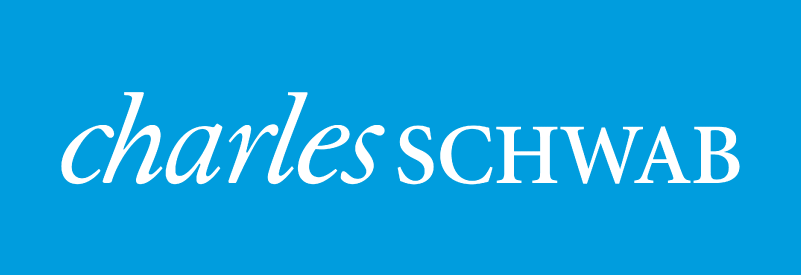The stock market shrugged off fiscal inaction in DC, concerning COVID trends in early July, huge second quarter earnings declines, and cratered economic activity to post substantial gains. Always a forward discounting mechanism, equity markets instead focused on eventual fiscal compromise in DC, improving COVID trends and vaccine news, a V-shaped recovery across several economic indicators, and very encouraging earnings guidance from corporations. Interest rates fell uniformly across the curve leaving the 10yr and 2yr UST yielding a paltry 0.55% and 0.11% respectively by month end. The USD fell nearly 5% against foreign currencies in July as twin deficits, growth differentials, and the prospect of a fiscally united European Union plagued the dollar. Commodities posted solid gains punctuated by big moves in gold (+8.6%) and silver (+30%).
Market Anecdotes
- The looming month end lapse of unemployment benefits came and went with no deal in place. An early August POTUS executive order appeased markets and bought negotiators more time.
- The stream of (U.S.) COVID news flow seemed to transition to a less threatening trajectory in the back half of July with decreasing trends in death rates, case counts, hospitalizations, and doctor visits couple with encouraging indications on vaccines under development from Oxford, Astra-Zeneca, Pfizer, BioNTech, CanSino Biologics, Moderna in limited human trials.
- The ebb and flow of COVID trends since February seen in the U.S. is happening globally with some European countries beginning to show increased numbers recently. Markets will likely have to deal with the uncertainty of subdued activity and growth as we enter the fall.
- An important de facto fiscal union in Europe came out of the mid-July EU summit where the ‘frugal four’ signed off on the first ever EU backed bond, a ‘Coronabond’, eligible to be purchased by the ECB. This catalyzed Euro bulls, but time is needed to test member fiscal commitments.
- With approximately 90% of companies reported, 2Q S&P earnings declined -33.8% but that’s compared to a -43% estimate at beginning 2Q. 83% of companies are beating estimates by a record wide margin of 22.4% and the guidance spread of +18.6% is extraordinary.
- Global central bank balance sheets are growing 33% YoY, driven mostly by the ECB and BoJ because the Fed’s has stalled around $7b since May. The Fed’s $4.18t UST holdings are now greater than all other foreign central banks combined. Additionally, money supply (M2 YoY) is growing at a 23% clip. Liquidity abounds.
- July saw ample cooing from the Fed with more talk of yield curve control (YCC) and more aggressive long-term forward guidance. Inflation expectations, as measured by 10yr real UST yields are near record lows of -1%.
- The USD lost 6% over 50 trading days, leaving it -10% from its March highs and at its lowest level since May 2018.
- July 2020 saw gold eclipse its prior record high of $1920.7 back in September 2011.
- The tech sector weighting is now over 27%, just shy of the ‘99 29.18% high water mark. Energy slipped to 2.5%, a new record low and far below the 13.14% weight in 2008.
- Tesla, not even a member of the S&P 500, surpassed Toyota in July as the world’s largest global automobile company (by market cap).
- July saw an interesting rotation of market internals with the largest 3-day outperformance for value over growth since May of 2001. Tech stocks can’t lead the market forever.
Economic Release Highlights
- July’s Q2 U.S. GDP report registered a record -9.5% QoQ and -32.9% YoY in what the IMF has coined “The Great Lockdown”.
- The July jobs report was solid at 1.76mm (1.675mm expected) and the unemployment rate falling to 10.2%. U-6 under-employment rate fell to 16.5% and participation stalled out at 61.4%.
- Personal income fell 1.1% in June (after -4.4% in May) but consumer spending increased +5.6% on the month thanks to government stimulus.
- July PMI (50.9a vs 51.3e) and ISM (58.1a vs 55e) manufacturing indices both marked improvement over the prior months, now both officially residing in expansionary territory.
- July PMI (50.0a vs 49.6e) and ISM (54.2a vs 53.5e) services indices both marked improvement over the prior months, now both officially residing in expansionary territory.
- All but three of eleven major global services and manufacturing PMIs moved back into expansionary territory.
- June existing home sales of 4.72mm (+21% MoM) showed improvement and was in line with expectations. New home sales figures were very impressive and crushed expectations.




Leave a Reply